Master Review: Re-recognize Jacques Demy from Nantes in the Dream World
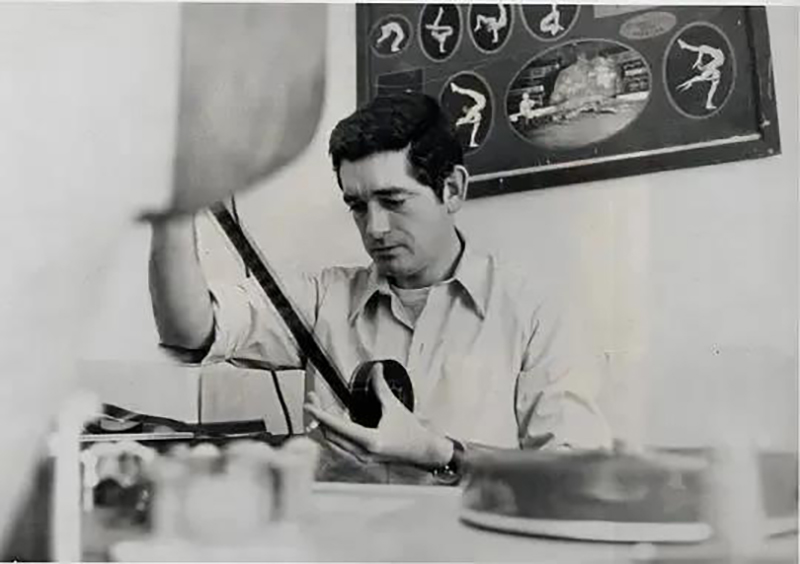
Jacques Demy
1931-1990
To commemorate the 90th birthday of Jacques Demy, the 11th BJIFF Beijing Film Panorama specially presented “Jacques Demy” page in the "Master Review" section to bring us back the dream world of this French film master.
"New Wave Grandmother" Agnès Varda once bid farewell to the famous French director Jacques Demy, her deceased lover, with the biographical film Jacqu?t de Nantes.
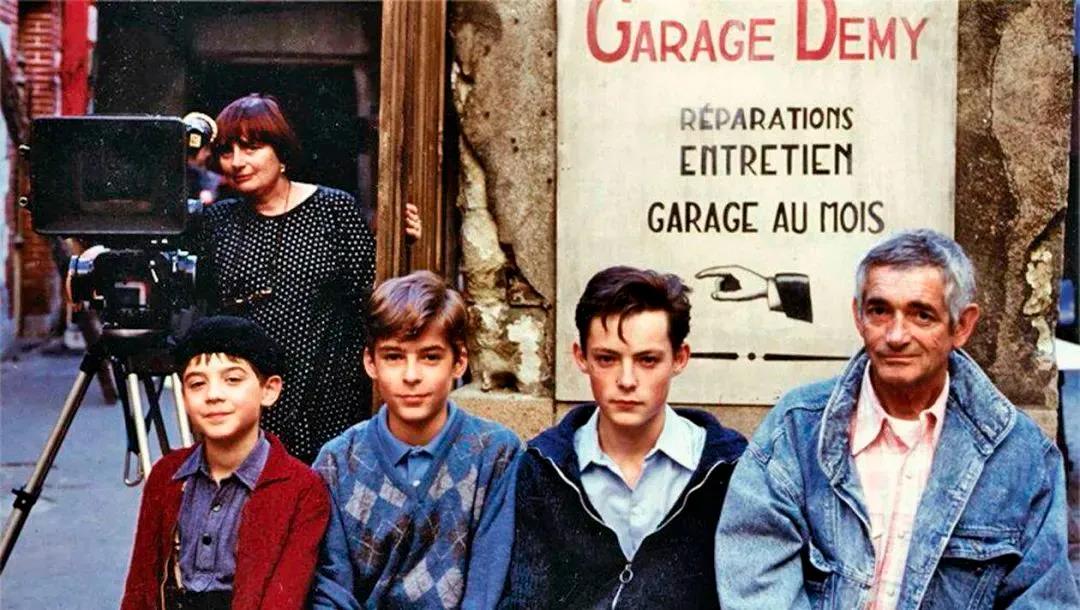
Jacqu?t de Nantes (1991)
As an important participant in the French New Wave film movement and a representative figure who created a new era of French musicals, Jacques Demy has constructed an unprecedented world full of lights and shadows, singing and dancing, dreams as well as emotions within the forty years since he became a director for the first time, which indulges countless audience.
As a newcomer in the world of film, Jacques Demy, a young man from Nantes, used to be an assistant to some outstanding directors such as Paul Grimault and Georges Rouquier. Working as an assistant, he got more opportunities to learn, which laid solid foundation for him to form his own style and the practice of creating different types of films.
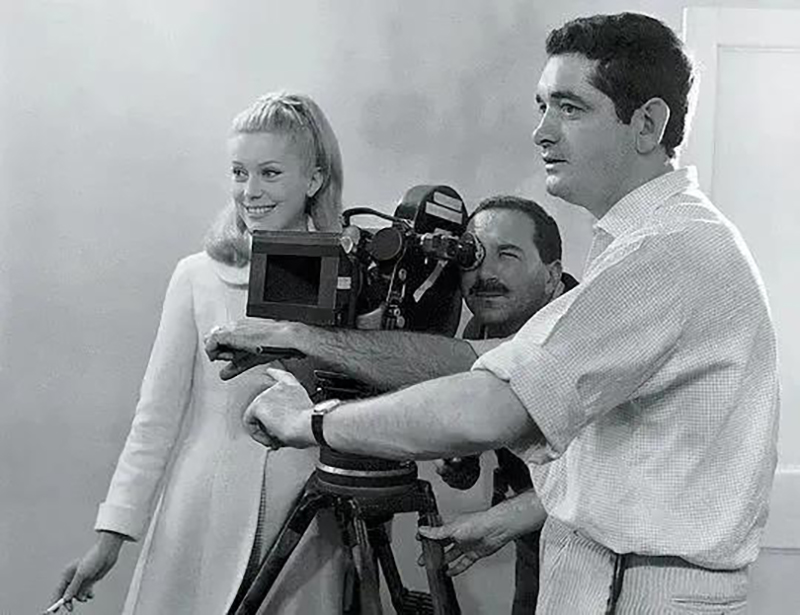
Jacques Demy and Catherine Deneuve
In the 1950s, Demy completed a number of short films., from which we can still find his real thinking on film and his exploration on the form of film now. He started to demonstrate the bold ideas on the treatment of colors, indicating that his dreams in the future musical world was about to come.
As the first long feature film and the beginning of his creative transformation in the New Wave film movement, Lola (1961) full of multiple important significance was regarded by Demy as the love letter to the French director Max Ophüls.
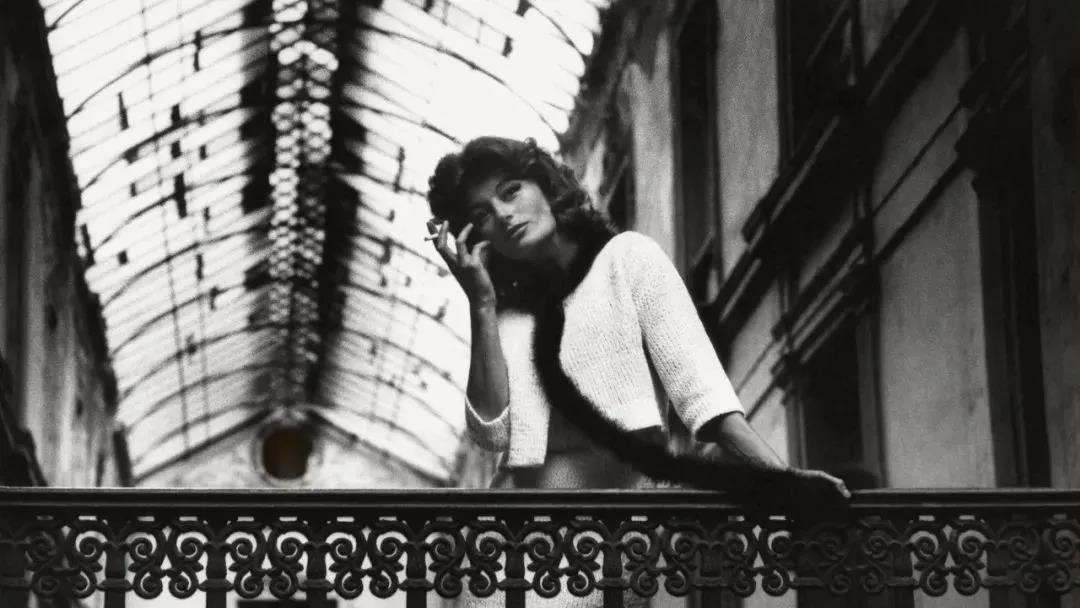
Stage Photo of Lola
The film was directly named after the heroine in the Lola Montès, the posthumous work of Max Ophüls with the same name, in which people can feel Demy’s deep infatuation and passion for Ophüls on every inch of the film. In addition, the musical Lola also pushed Demy to the peak of his creative career.
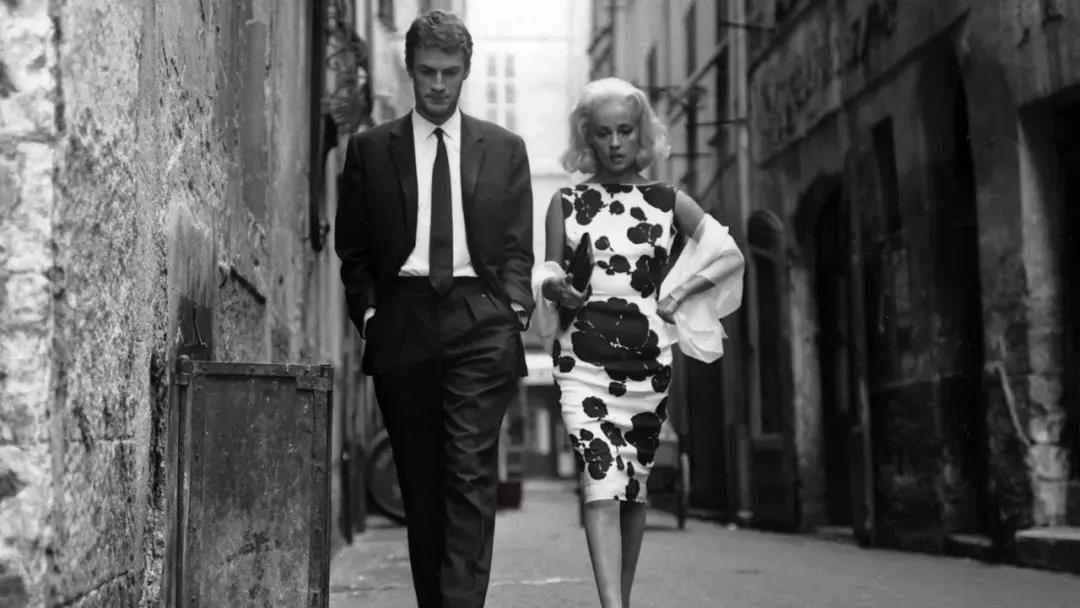
Stage Photo of Bay of Angels
The most well-known one of Jacques Demy's feature films is undoubtedly his musical. Comparatively, his early work Bay of Angels (1963) has not attracted enough attention from fans and film history. However, this film starred by the New Wave goddess Jeanne Moreau represents his another creative path, a dramatic simplification strategy about the relationship between the scene and the characters from the film Le Bel indifférent (1957).
The scenes and characters in this film are simple. The passion in the casino full of luxury and dissipation is simply treated as a love sketch. Beyond the unconventional and anti-genre practice, we can still experience his more common writer imprint and unique taste from the soundtrack reflecting the externalization of the character's emotions.

Stage Photo of The Umbrellas of Cherbourg
The camera looks down toward the street and the pedestrians walk up and down with umbrellas...The Umbrella of Cherbourg (1964), known as the film with the most beautiful opening, is undoubtedly Jacques Demy’s most popular masterpiece.
With all the dialogues in the film expressed by singing as well as the use of usual stylized colors, this ultimate musical won Demy many honors, including the Golden Palm at the 17th Festival de Cannes, and since then he started the perfect cooperation with Catherine Deneuve, a generation of legendary actress.
Including the subsequent films The Young Girls of Rochefort (1967) and Donkey Skin (1970), three times of consecutive cooperation not only won Deneuve the reputation of "Iceberg Beauty” in European films, but also promoted Demy’s aesthetic explorations such as color practice and femininity to a new height with a huge prestige.

Stage Photo of The Young Girls of Rochefort
Since the film The Young Girls of Rochefort, Jacques Demy’s musical has got fully mature. The dancing scenes in Hollywood musicals are shifted out of the blunt and boring set into the real scene of nature in his lens and the lens language with the characteristics of French musicals has been greatly developed and innovated. The co-starring of Catherine Deneuve and her sister Fran?oise Dorléac has also become a unique dream moment in the film history.
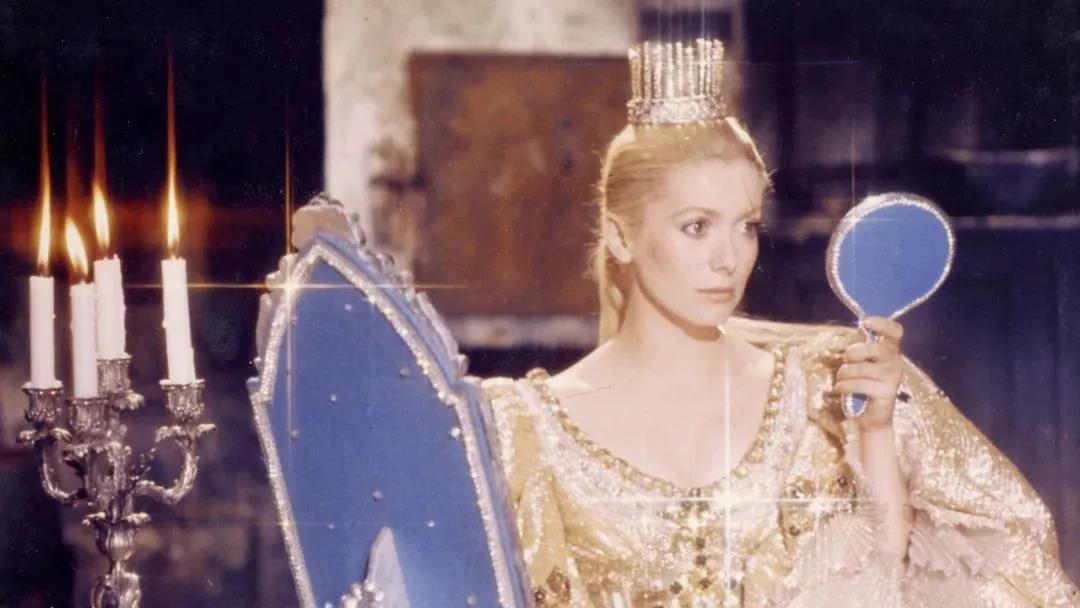
Stage Photo of Donkey Skin
The film Donkey Skin (1970), adapted from Charles Perrault’s original fairy tale, perfectly integrates the form of musical with the dream colors of fairy tale, making it the most romantic and imaginative work of Jacques Demy.
It is worth mentioning that as the tribute to Jean Cocteau, he not only invited Jean Marais, starring in Jean Cocteau’s masterpiece Beauty and the Beast (1946), to cooperate with Deneuve in this film, but also continued to promote Jean Cocteau’s aesthetic style in Beauty and the Beast to create his film Donkey Skin as a unique visual feast.
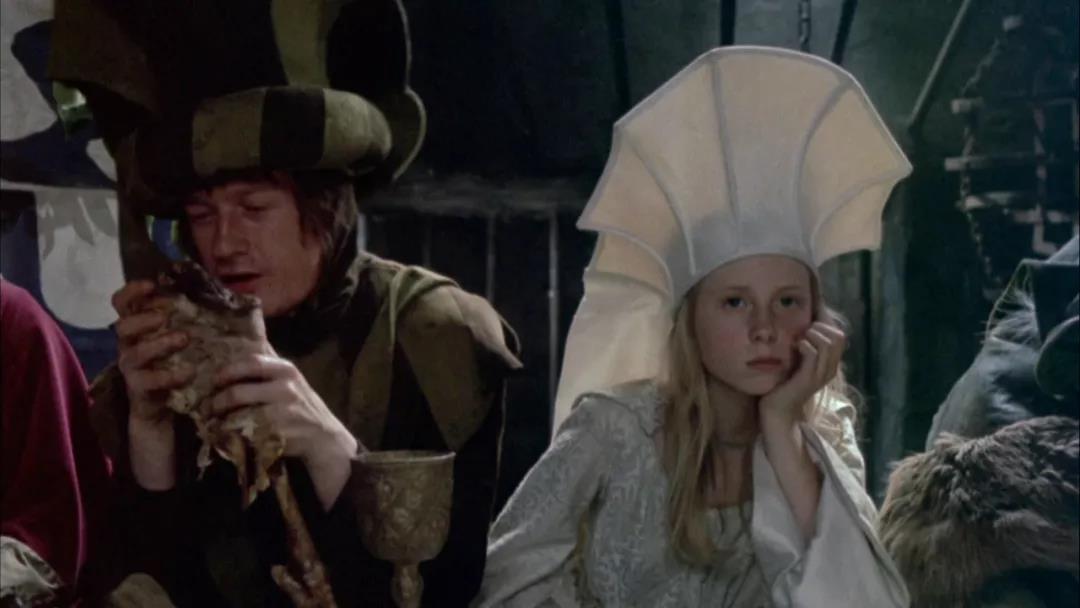
Stage Photo of The Pied Piper
Compared with the romantic dream in Donkey Skin, the film The Pied Piper (1972), also adapted from a fairy tale, is more like a "dark fairy tale". Due to the realistic historical background of the raging plague and the description of the cruel nature of ruling class in the Middle Ages, the film seems to have more unique quality against the real society with certain degree of absurdity.
As a relatively unpopular fairy tale film directed by Demy, it has extremely important significance, however. The Pied Piper indicates that Demy’s insistence on realism under the appearance of fairy tales has promoted another turn of his creation.
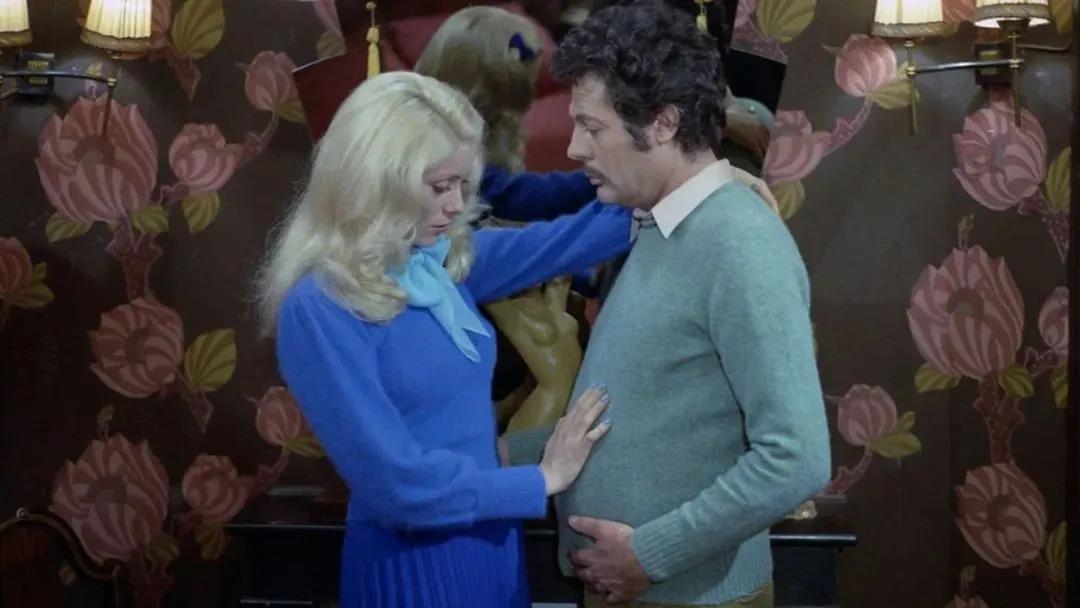
Stage Photo of A Slightly Pregnant Man
Jacques Demy continued the cooperation with his golden partner, Catherine Deneuve, in the film A Slightly Pregnant Man (1974), as his response to feminism. With the ridiculous and even curious settings, he tried to explore the issue of gender in the form of urban light comedy. Due to the witty utterance in the film, A Slightly Pregnant Man becomes the most interesting work of Demy in terms of the dialogue.
In the 1980s, Jacques Demy with the global reputation once again changed his lens back to Nantes where he was born.
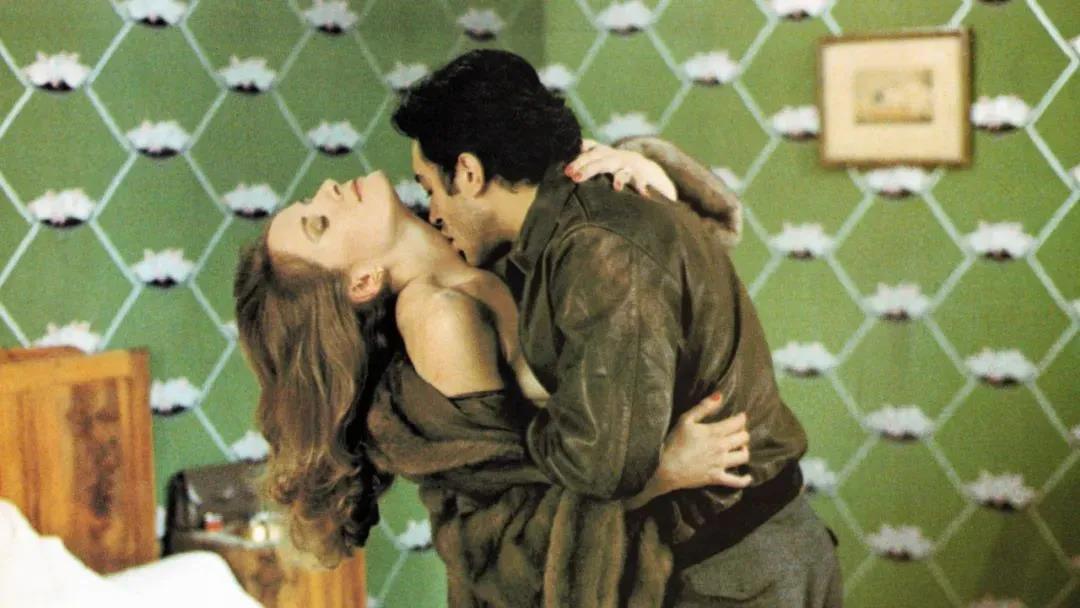
Stage Photo of A Room In Town
In the musical drama, A Room in Town (1982), the dreams of the past are broken like bubbles and the tragedy ending is unusually impressive, but the realistic background of Demy's creation has been thoroughly demonstrated. Even in the most romantic scenes in the film, Demi has never completely deviated from the reality. As a witness to history, Demy also completes his film-type record of the history through his artistic creation.

Stage Photo of Parking
Jacques Demy paid his tribute to Jean Cocteau's masterpiece Orpheus with the film Parking (1985) which is also the most "unconventional" one of Demy's musicals. The film places the story of Orpheus in a modern city and adopts the rare rock music to break the inherent impression of this classic theme in the minds of the audience. This bold work full of characteristic colors, costumes, dialogue, scheduling and music demonstrates Demy's unknown style, which is beyond the expectation of all the people.

Stage Photo of Three Places for the 26th
Songs, dances, love and colors... all of these constitute the film Three Places for the 26th (1988). As the last feature film independently directed by Demy, this film has all the familiar elements of Demy’s musicals. In a sense, it becomes the best farewell and perfect ending of Jacques Demy who passed aways two years later.
In the tempting years passing by like fleeting water, the feast of songs and dances will eventually end and love will also have its own termination. However, in the world of film, as long as there are audiences, the story will begin again when the lights are getting dim and we will still recall Jacques Demy from Nantes out of our memories.

